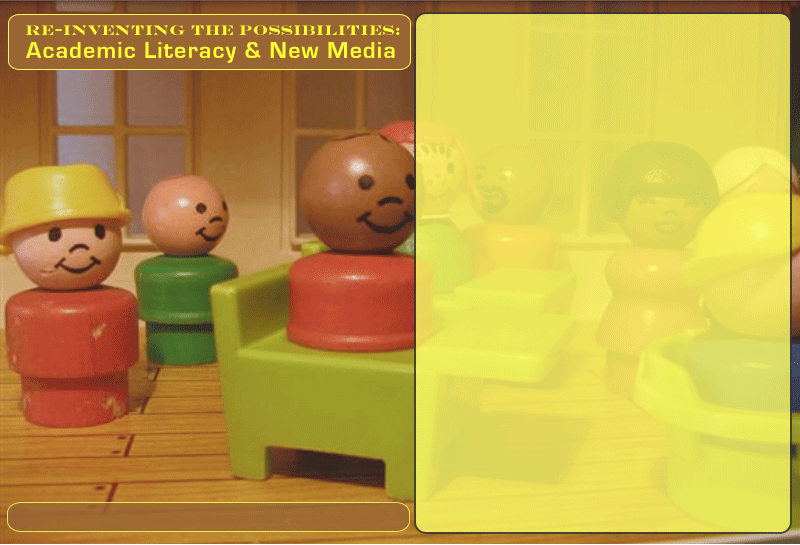
For us, topoi signify the material and form that an argument takes in new media texts, while commonplaces signify the orienting experiences or modalities, which serve to anchor or reference a reader within the often disorienting experience of navigating and making meaning from a new media text. Here is a list of the topoi we discuss in this text:
Genre: Features and structures of textual experiences that a designer can reasonably assume a particular audience will understand based upon common ground experiences with these features across similar texts.
Sequence: A function of timing and organizing a text that is negotiated between a text’s designer and reader. A reader’s navigation choices will ultimately determine a sequence of a text; however, designers can use elements such as animation, linear hierarchies, or internal links that will render particular elements in a particular order.
Designer: The primary agent of production whose choices of materialities affect certain aspects of meaning-making within a specific text.
Link: A direct connection to elements within or outside of a text used to inform a reader in support of a designer’s claims or her character appeal within a particular text, or to defer attention to a topic by summarizing it in a key word or phrase.
Audience: The designed, intended agent of meaning-making whose actions, navigations, and experiences with a text will give definition to elements of a new media text.
Go back to the last node.